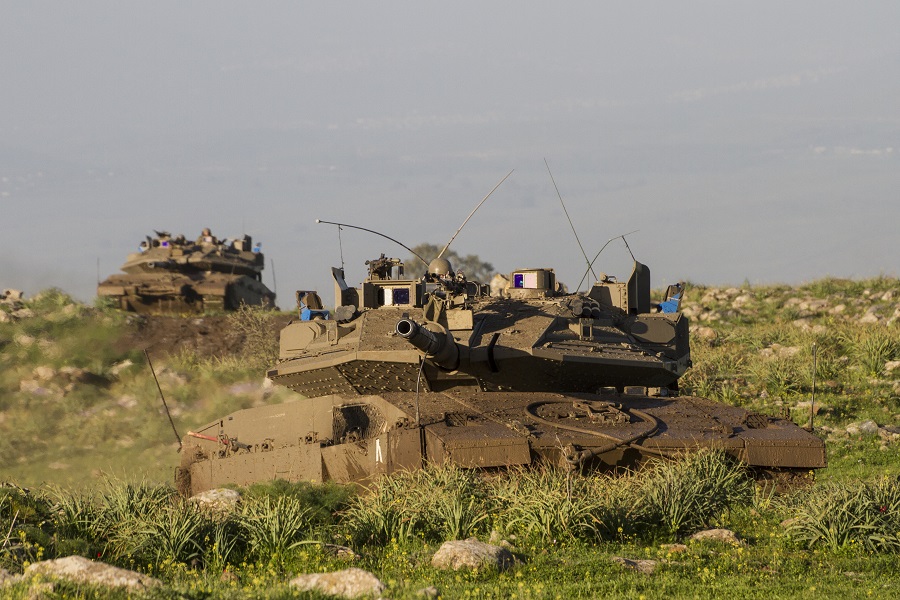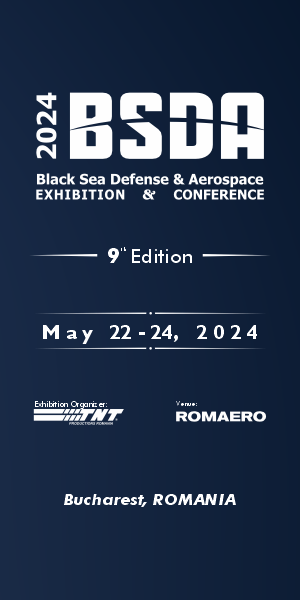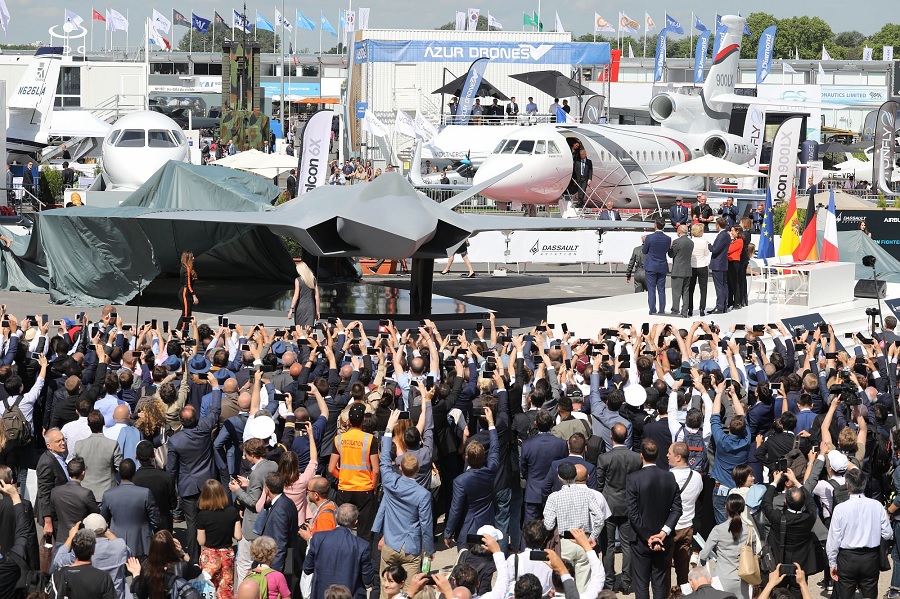Defence sources say that the new version is equipped with an upgraded APS system and a commander’s helmet that prioritizes the pertinent information acquired by the tank’s sensors, as well as other data in the battle zone. The new version also has a system that automatically fires on targets that pose an immediate threat to the tank. The tank’s crew has the ability to concentrate on the most important targets while sharing information with other tanks and other ground and aerial forces thanks to an upgraded primary computer.
Some of the new systems integrated into the “Barak” are based on the combat suit developed by Israel Aerospace Industries (IAI). These systems were originally developed for an advanced armored fighting vehicle but have been modified for the new version of the Merkava 4. The “Iron Vision” commander’s helmet, according to the sources, has the capability to provide a 360-degree view and, as mentioned before, access combat data from the tank’s own sensors and others. The sources added that the system has the ability to locate and destroy time-sensitive targets with small footprints through quick acquisition and effective engagement of targets.
The IDF General Staff has set up a team to investigate and monitor the fighting in Ukraine in order to learn the initial operational lessons. One conclusion is already supported by hard evidence: the Russian tanks are lagging behind in almost all aspects important in a war like the one fought in Ukraine. The fighting in Ukraine highlighted the weaknesses of the basic tank, including its ability to defend itself against anti-tank missiles of various types, its ability to communicate with forces in the environment, and its capacity to act together in a combined mission. This is in addition to the lack of ability to operate when command and control systems do not function in the face of electronic warfare.














![Mobilising artillery – developments, challenges and the Russo-Ukrainian war [LONG READ]](https://defence-industry.eu/wp-content/uploads/2023/08/European-Union-supports-Ukraine-with-substantial-artillery-ammunition-deliveries.jpg)












